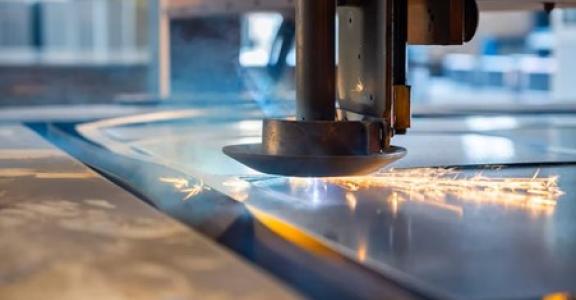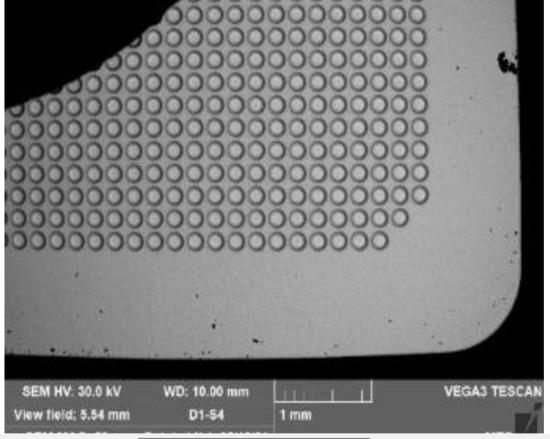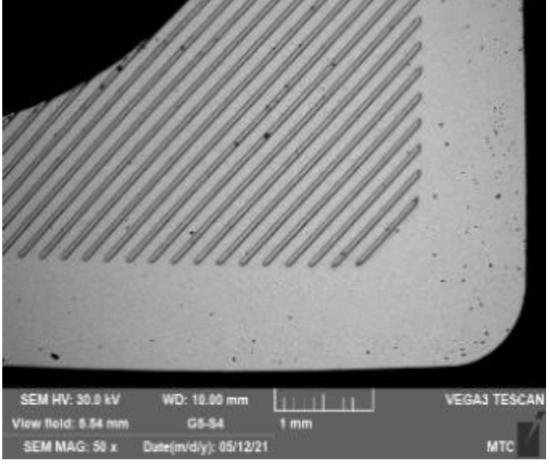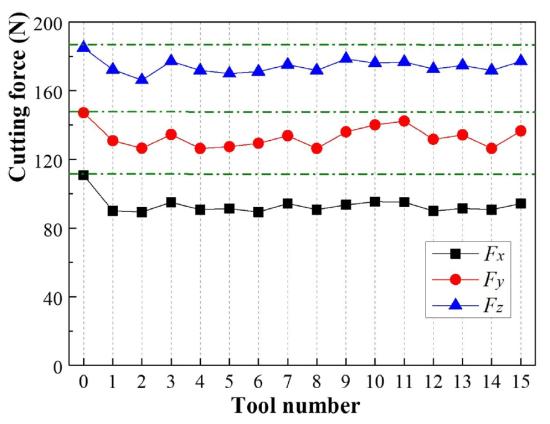Ultra-short pulsed lasers (USL, also known as femtolasers) are on the rise. The power of these lasers has increased from 10 Watts to several 100 Watts in recent years, which makes them suitable for new applications. In contrast to traditional (nano) lasers, USL-processed surfaces show no heat damage or raised edges. This makes these lasers suitable for the clean processing of surfaces. The current state of affairs - and possible applications - were demonstrated during the workshop 'Laser Surface Texturing' of the Association of Laser Users (AILU) on 19 May in Cranfield, UK. One of the applications still in the research phase is the processing of cutting tools used for machining.
Aluminium and steel under the microscope
Cutting tools for machining aluminium were given different types of surface modifications, including grooves or dimples at the micrometre level (see figure below). The experiments were performed on a lathe. Among other things, the applied textures reduced the cutting forces required by about 20 percent. On examination, the friction on the textured tool was found to be lower. The interaction with the chip could therefore be less forceful, resulting in lower cutting forces.
Zhang et al found similar benefits for steel machining (also on a lathe). Dimples with diameters between 80 µm and 200 µm, a depth between 3 and 10 µm and a surface density of 10-30% were applied to WC-TiC/Co tools. Fifteen different textures were compared to the untextured control surface. Cutting forces were lower for all the patterns. They attributed the lower forces to reduced tool-chip friction and increased lubrication surface.
Lower forces, friction and temperature all affect the service life of cutting tools. This opens the way to making better cutting tools.
Microscope image of the applied textures (Source AILU workshop)
You can try this new textured surface technology for yourself at Sirris. Do you have any questions about the technology or about applications in which a surface has a certain function? In this, we’re thinking in terms of an aesthetic, friction-determining, heat-emitting or absorbing function, to name just a few possibilities. You can also contact us if you have specific questions about machining. Contact us!
This blog post was published as part of the COOCK-project SURFACESCRIPT.








